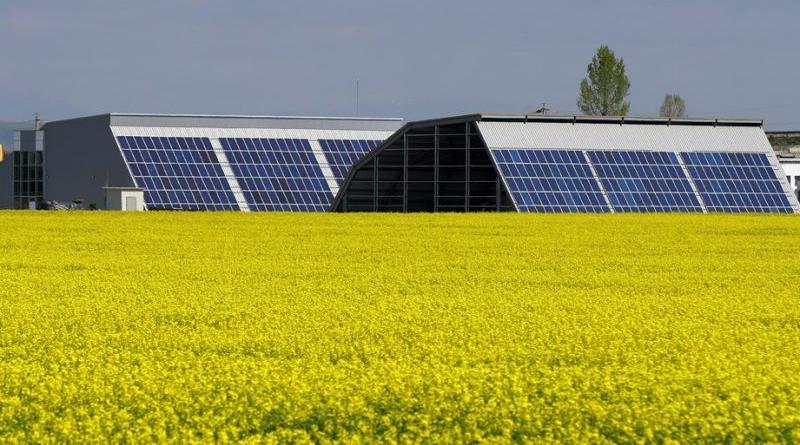EU’s climate calculator needs an overhaul

The European Commission’s energy system modelling will not produce accurate calculations about the EU’s climate future until it receives the update it needs, writes Niels Fuglsang.
Niels Fuglsang is a Danish Member of the European Parliament sitting with the Socialists and Democrats (S&D). He is Rapporteur on the Energy Efficiency Directive.
The Commission needs to deliver an up-to-date EU modelling tool ready to create a strong background for the 2040 climate target and policies. Otherwise, we risk missing important and efficient investments in renewables and energy efficiency.
No later than May 2024, the EU Commission will have to present its proposed climate target for 2040. The underlying data for this will be pivotal for the EU to get a target and policies that are optimal given the true cost of the green transition.
However, several studies have shown that this is not the case.
According to CONCITO and other analysis, the EU Commission’s energy system modelling is not up-to-date on cost and performance of crucial technologies such as heat pumps, electric boilers, and energy storage.
We risk underestimating the potential of the green transition
The Commissions’ proposals and background assessments shape the background for what is considered realistic and achievable energy policies in the EU. Modelling shapes the political landscape.
I experienced this power of the models myself as the European Parliament’s lead negotiator on the Energy Efficiency Directive.
When scrutinising the Energy Efficiency Directive it became clear to me that the Commissions modelling underestimated the response to rising CO2 and energy prices, as pointed out in an analysis by the Fraunhofer ISI. The study from Fraunhofer ISI worked with a more realistic CO2 price and hence found a higher savings potential. This was crucial information when shaping the debate on energy efficiency in Parliament.
Furthermore, as pointed out by the think tank CONCITO, the Commission in its PRIMES model among other things severely overestimates the cost of electric boilers. This likely makes electric boilers, which would contribute to power system flexibility and gas savings, a non-starter in industry in the PRIMES calculation. Such assumptions are crucial in shaping the perception of what energy transition is possible.
From a general perspective, with an outdated view on electric boilers as a cost-effective way to decarbonisation, we as politicians risk taking decisions that keep citizens and companies on expensive heating sources for too long and making the green transition unnecessarily costly.
Models need updates and more transparency
Our aim to bring the cleanest and cheapest energy to citizens and companies must be based on thorough analysis that is up-to-date.
While it is the role of Parliamentarians to ask questions and seek other views, the Commissions’ modelling has and should have a significant influence on shaping the political discussion.
I have therefore launched a written question to the Commission, asking them to explain if they intend to update the assumptions on cost and performance of key technologies such as solar, wind, energy storage and heat pumps.
In addition, the transparency around the modelling must be increased including clear references to input data sources and clear data definitions. This will increase the possibility for qualified input from relevant stakeholders.
In the end, we risk losing important potential for the green transition, but also the potential to choose a cheaper path for Europe going forward.
It is therefore necessary to proceed with up-to-date and transparent climate modelling in the next steps in the European green transition.
cover photo:EU's energy modelling tools need to be updated so that they can be effective for the 2040 climate targets of the Union. EPA-EFE/Robert Ghement





